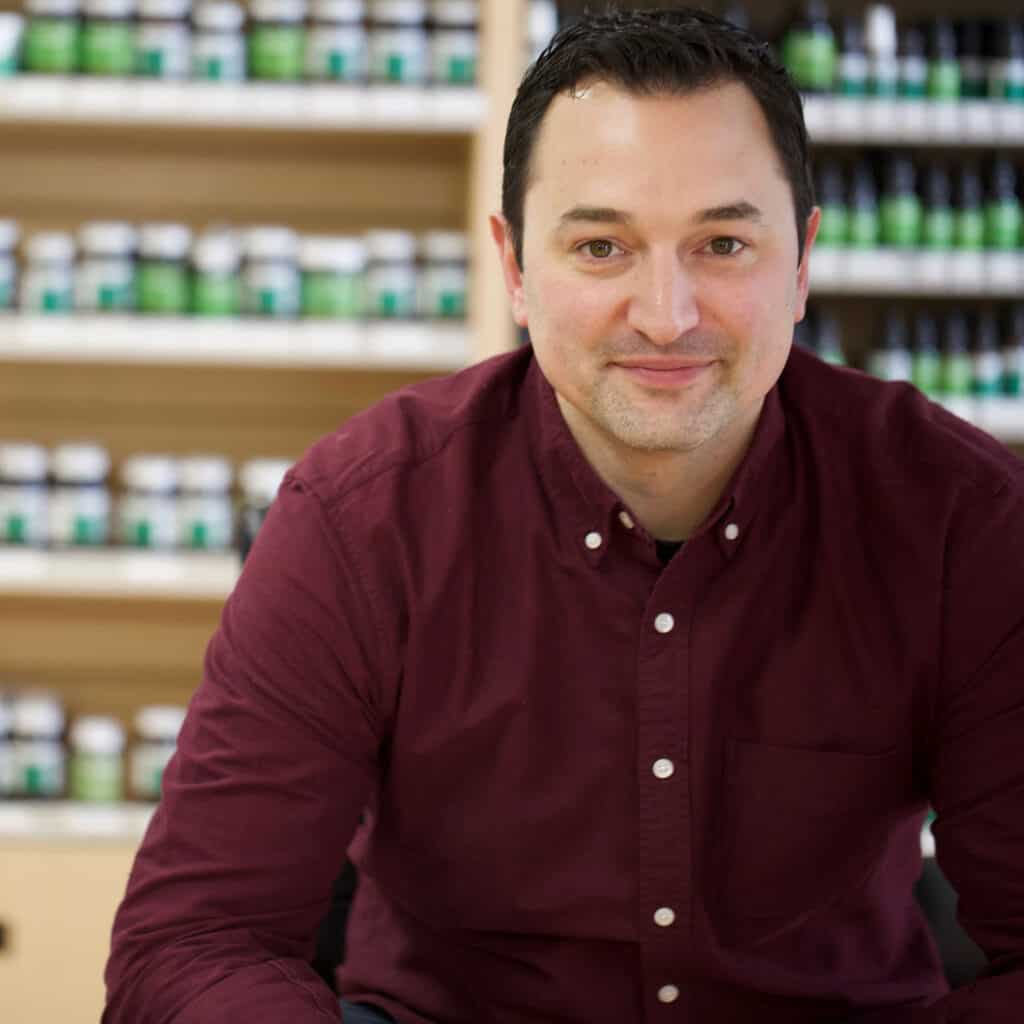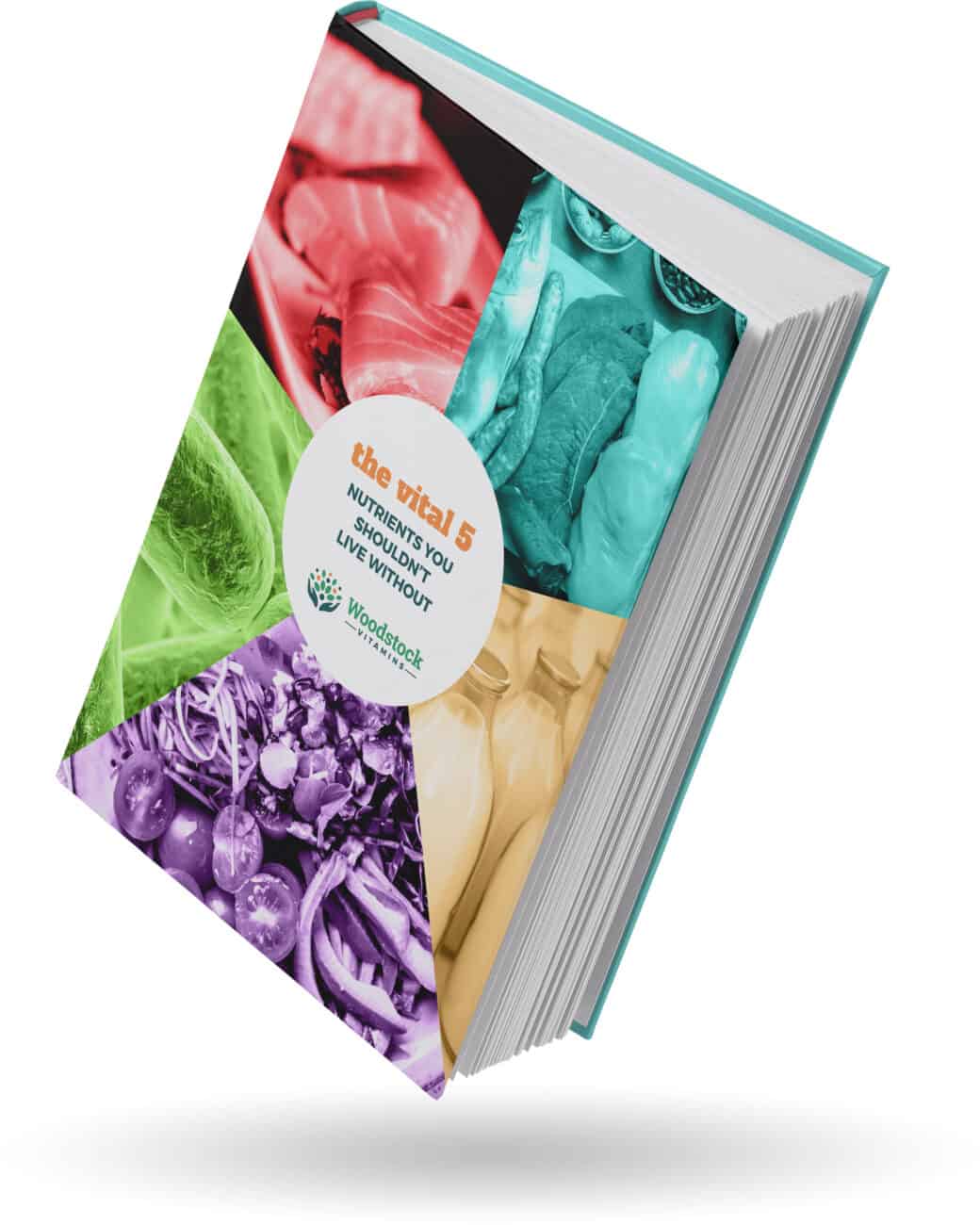Not so long ago, in pharmacies nationwide…
Hundreds of times a day in communities all across the country, people are diagnosed with bacterial infections and prescribed antibiotics. These antibiotics are heroes, but they are also imperfect. Their lightsaber wielding may cause damage on their own. With antibiotics, this is extra true, as not only do they cause side effects, but if those aren’t managed correctly, they can lead to more serious complications. We look towards probiotics to be the Rebel Alliance and help us topple the evil Empire.
To clear up the confusion on why a probiotic is needed and how and when to use it, we present to you… Gut Wars.*
*NOTE: We will not be discussing the prequels because they are just horrible.
A New Hope
Our hero has become ill. Diagnosed with a bacterial infection, members of the Alliance of Medical Practitioners have prescribed a weapon that, if successful, will eliminate the threat and restore peace to the galaxy…
Antibiotics are medicines used to treat bacterial infections. They work to either directly kill or disable bacterial cells. With this extra help, the immune system has an easier time managing the threat and can clean up the mess, healing you in 7-14 days.
Antibiotics are medications and carry side effect risks. They are normally gastrointestinal irritants, so people often get a bit nauseous if they aren’t taken with food or a big glass of water. How best to take specific antibiotics should come from your pharmacist. In general, a full glass of water is enough to move it through the stomach to the intestine and will reduce any irritation.
But antibiotics have another level of complication. Bacterial cells look different from human cells, and dramatically so. It’s that dramatic difference that we exploit to attack with our antibiotics. Sort of like that hole in the Death Star. Unfortunately, bacterial cells that infect us look almost identical to the helpful bacterial cells that live within us. Antibiotics will kill both the “good” bacteria found in our normal flora—the microorganisms that live within us that keep us healthy—and the “bad” bacteria that cause infections.

The normal flora is found in the GI tract, upper respiratory tract, the urinary tract, the reproductive tract, and on our skin. The normal flora provides many helpful functions and keeps us healthy. They make B12, which we can’t make on our own. They help digest food, as well as help regulate fluids and electrolytes in the gut. The biggest function the normal flora plays is keeping bad guys in check—killing off bacteria that overgrow their turf.
Our antibiotic offers A New Hope, but while we start to feel better, an evil is brewing…
The Empire Strikes Back
It is a dark time for our hero. Although celebrating an early victory, an opportunistic, new evil grows stronger…
If normal flora are diminished, all the helpful and protective things they do will stop. Fluids and electrolytes in the colon go wild and you can get diarrhea. Some members of the normal flora, when given the right opportunity, will spread and reek havoc—infecting the spaces they usually occupy. These are called opportunistic microorganisms. This happens often with yeast that is a part of our normal flora with antibiotics. They now can overgrow, causing yeast infections in the reproductive tract or mouth (also called thrush).
What’s worse, we can also suffer from serious complications called superinfections. When treated with an antibiotic, the normal flora gets destroyed, and bacteria like Clostridium difficile (aka C. diff.) can overgrow and infect the gut. This is a serious problem that can result in hospitalization. It causes watery diarrhea that happens at least 3 times a day, but up to 15 times! There is an abundance of abdominal cramping and pain that can be severe. You won’t want to eat anything, and dehydration is a real risk, causing dramatic weight loss. C. diff was named that way as it was difficult to treat. We can now though, but this requires adding even more, stronger, mixed antibiotics to treat these harder-to-kill strains.
We push so hard for people to use probiotics because all of these complications are preventable and suffering from them is unnecessary.
“I’ve never had a problem before with antibiotics” is a frequent response to our encouragement. Some people luck out and never have a problem with antibiotics. Many people (myself included) always do. Not having a complication from an antibiotic is a great, but rare scenario. Most likely, you’ll be like the many unlucky people treated with antibiotics who will get a yeast infection or diarrhea—both manageable. Some VERY unlucky people can get superinfections. It makes more sense to take a simple, affordable, well-made probiotic to minimize these risks than roll the dice, no matter how lucky we’ve been in the past.
Since we didn’t use probiotics, the dark side thrives. Help me probiotics, you’re our only hope…
Return of the Jedi
The war tips toward the Empire. But our hero has the strength of the rebellion behind them. And Ewoks, for some reason.
A probiotic is a supplement that provides “good” bacteria. In an ideal probiotic, we’d want strains that are proven to be found in humans and have proven benefit. We’d want to find the ones that are most potent. What would you rather have: 10,000 Storm Troopers with bad aim or a few Star Destroyers? We’d want them to be free of contamination. We’d want to be sure that they actually can colonize the gut. Finally, we’d want to know that they are guaranteed to give us the dose on the label through expiration.
Using that criteria, we can put probiotics into two categories: real probiotics and money-wasting garbage. Unfortunately for consumers, the garbage vastly out-numbers real probiotics and often masquerades as real probiotics.
Looking specifically at real probiotics, there are two types of strains: “general health” strains—those used to replace normal flora, and “specialty” strains—those with some specific benefit. There are specialty strains for infants, for people with irritable bowels, those with chronic diarrhea, and more. When taking antibiotics, we should use a “general health” probiotic, not a specialty probiotic.
We recommend Probiotic Complete above all others. It contains 30 billion units of four of the most studied strains of human probiotics which are active in both the small and large intestine.
We use probiotics during antibiotic treatment to ensure we have enough rebels to balance out the microbial war in our bodies. We need to constantly reinforce our body with lots of powerful bacteria to replace the losses that occur with each dose of antibiotic. With the right probiotic, we will always stay ahead of the curve, introducing more good bacteria than what a dose of antibiotic can kill.
We can’t expect our probiotics to rush in like the Millenium Falcon at the last minute and save the day. We should start probiotics early—within 24 hours of antibiotic use. Also, continue throughout treatment and even for some time after, as it takes a while for life to return to normal in the galaxy.
With the aid of the Rebel Alliance, our hero topples the evil Empire and is victorious.
The Force Awakens
There has been an awakening in you. A deeper understanding of the dynamics of antibiotics and probiotics. Now, we must learn the ways of the force…
Here are the rules for using a probiotic while on antibiotics:
Start Early. Probiotics should be started on day 1 of antibiotic therapy. Too often do we see people late to the party. “I’ve been on antibiotics for a few days and I’m starting to get diarrhea.” “I just finished a strong course of antibiotics and I want a probiotic.” You don’t need to take probiotics before you take the antibiotic, but you should take it shortly after your first or second dose.
Space Probiotics 2 Hours from Antibiotics. If they sit in the stomach at the same time, the antibiotic will probably win and kill off the probiotic. Keep them away from each other so the probiotic has time to work.
Take Only What You Need. A high quality, well made probiotic with proper strains will only need to be taken once daily in almost all situations. Customers taking Vitality Approved probiotics take one dose daily, spaced 2 hours away.
Take Them For Some Time After. Most medicines, antibiotics included, need a few days to be completely removed from the system. We advise people to continue on their probiotics for at least 7-14 days after. High dose antibiotics or long courses of treatment may require longer probiotic use.
Choose Wisely. We saved this for last since it is the most complicated issue. Probiotics are where the natural product industry show their true colors—and they’re not pretty. Besides the normal manufacturing issues such as contaminants and adulterants, probiotics are living organisms and have to be alive when you take them. It seems basic, but many companies don’t even get that right.
The easiest way to choose is to look to Vitality Approved brands of probiotics, as we’ve already done all the research to ensure the right strains are used at the right doses. Our Probiotic Buying Guide is almost complete, and we’ll use that as the forum to go over all the factors that make a probiotic great.
Some important notes:
- You still may get an upset stomach. Remember, antibiotics in general are GI irritants, so it’s important you follow pharmacist or doctor’s recommendations on how to take it. Probiotics won’t always help the GI irritation antibiotics cause.
- Yogurt won’t work. You can’t eat this away. You may have some luck eating homemade lacto-fermented foods like kefir or sauerkraut. In most commercially available foods like yogurt, the strains and doses vary widely. We need the right amount of the right ships to mount an effective campaign against the Empire. On top of this, foods have calories we must account for. Finally, foods are usually more expensive per day than a more potent and convenient, well-made probiotic.
The Last Jedi
Fear is the path to the dark side; being fearful may cloud our judgement. So many people are hesitant to use medicines as they carry risk, incorrectly assuming that natural products have fewer risks. We walk the middle path here, so we know that there is both the light and dark side in all things.
Antibiotics have risks, just like any medicine or supplement you may take. Following our protocol with a properly made probiotic will help you manage, if not completely eliminate, those risks.
Cue end Star Wars music…
Dah-nant dah-nant dah-nant dah-nant
da da da daaaa daaaaaa dah dah dah dah daaaaa….
Just trying to keep it real…

Neal Smoller, PharmD
Owner, Pharmacist, Big Mouth



